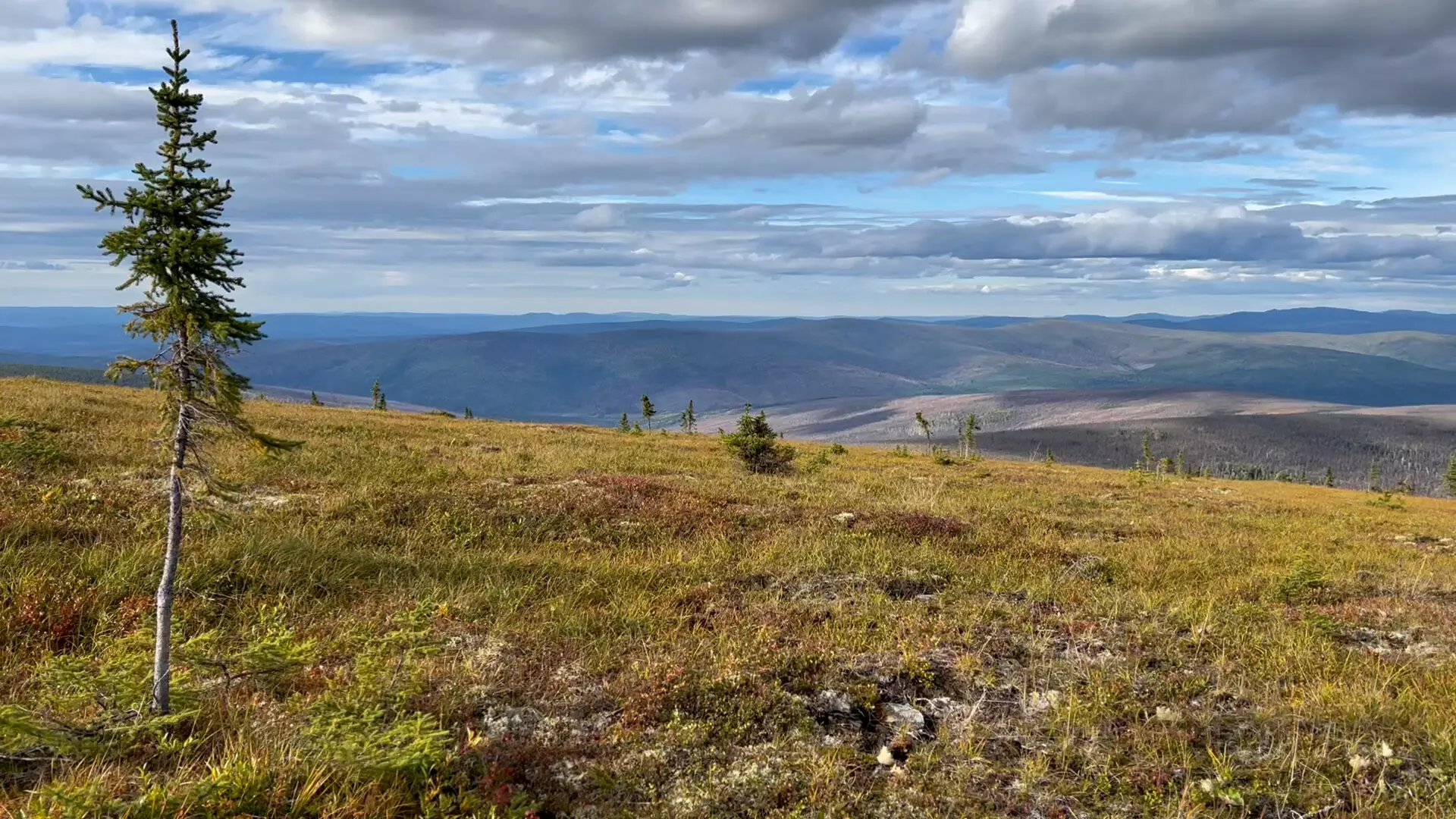The northernmost regions of the world are undergoing profound transformations due to climate change, particularly in the structure and composition of their forests. A comprehensive study by scientists from NASA reveals that these alterations in vegetation are not only a consequence of rising temperatures but could also have significant implications for global carbon dynamics. This article delves into the findings of this study, explores the mechanisms behind these changes, and considers their potential impacts on the environment.
Traditionally, the ecosystems found in high-latitude areas were characterized by tundra and boreal forests, the latter typically dominating between 50 and 60 degrees north. Tundra biomes, with their permafrost and short growing seasons, have historically supported only limited vegetation, primarily mosses, grasses, and assorted shrubs. However, recent observations indicate a shift: as the climate warms, trees and larger shrubs are encroaching into these once barren landscapes, effectively altering the biogeography of these regions.
The study indicates that the transition zone between boreal forest and tundra—previously a blurry boundary—is becoming increasingly occupied by trees and shrubbery. The added presence of these species points toward a significant ecological change; where there were once sparse patches of vegetation, we now see burgeoning growth. This trend is expected to persist through the end of the century, with vegetation projected to become more prominent and diverse.
Utilizing an extensive collection of data spanning nearly four decades, NASA researchers employed sophisticated satellite technologies, including the Ice, Cloud, and land Elevation Satellite 2 (ICESat-2) and the Landsat missions. The ICESat-2 utilizes cutting-edge lidar technology to measure the intricate details of Earth’s surface, including tree heights, while the Landsat program has been monitoring land cover changes since 1972.
The analysis encompassed roughly 20 million data points, matched against tens of thousands of high-resolution satellite images, to understand the intricate dynamics of forest structure evolution. By combining this rich dataset with advanced machine learning models, scientists simulated several future climate scenarios, accounting for various temperature and precipitation levels. This allowed for a robust projection of how northern forests might evolve in response to climate change.
The transformation of vegetation structure in these high-latitude zones has profound implications for carbon dynamics. As shrubs and trees proliferate, they have the potential to absorb increased amounts of atmospheric carbon dioxide (CO2) via photosynthesis, thereby mitigating climate change to some extent. The notion of a “greening” north suggests that these ecosystems could play a pivotal role in carbon sequestration.
However, this benefit comes with complications. The very presence of increased vegetation can accelerate the thawing of permafrost as darker soils and plants absorb more sunlight, leading to changes in soil temperatures. A thawed permafrost can release long-stored carbon in the form of CO2 and methane, effectively contributing to the greenhouse gas effect and further exacerbating global warming. Thus, while enhanced vegetation growth initially appears beneficial, it has the potential to create a feedback loop that could worsen climate change.
As the research unfolds, the implications of such vegetation changes draw attention from conservationists and policymakers alike. These transformations may pivotally influence biodiversity, ecosystem functioning, and even indigenous communities relying on these forests. It raises critical questions: How quickly will these systems adapt? What measures should be put in place to safeguard these fragile ecosystems against further human-induced climate disruptions?
The ongoing climate shifts pose both challenges and opportunities, urging broader collaboration among scientists, policymakers, and local communities to navigate this uncharted territory. Without adequate response strategies, the rich natural habitats of the far north may face irreversible change, threatening not only the local flora and fauna but also global climate stability.
The current trajectory of climate change suggests unfathomable transformations in the boreal forests and tundra regions of the far north. While this study illuminates the intricate dynamics of these changes, it also serves as a stark reminder of the intertwined relationship between human activity and natural ecosystems. The understanding gained from this research must inform global efforts to combat climate change and protect these vital ecosystems, ensuring their resilience in the face of an uncertain future. As we forge ahead, it is imperative to consider how the changing landscapes interact with global carbon cycles and the consequent implications for our planet’s climate.


Leave a Reply